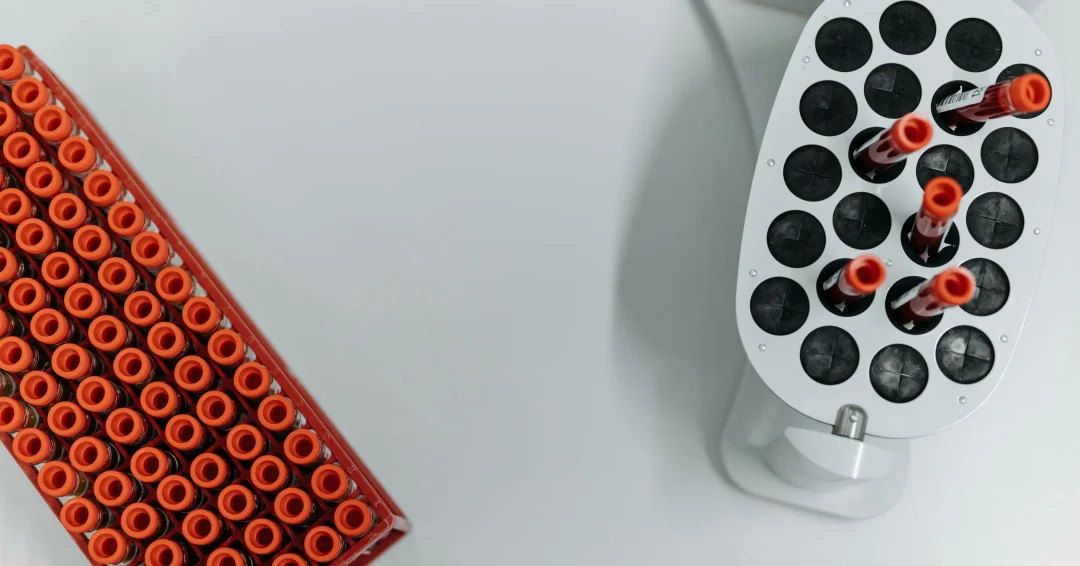Testosterone Replacement Therapy
Low testosterone affects millions of men, yet many suffer in silence with symptoms they dismiss as normal aging. Testosterone replacement therapy (TRT) offers proven relief for properly diagnosed men, but success requires understanding the symptoms, testing protocols, benefits, and risks involved. Recent clinical research provides clearer guidance than ever before on when this therapy helps and how to use it safely.
Male hypogonadism (clinically low testosterone) requires both consistently low hormone levels and compatible symptoms for diagnosis. This isn't merely about aging; it is a medical condition affecting energy, sexual function, mood, and overall quality of life. The key lies in evidence-based evaluation and personalized treatment approaches.
Symptoms of low testosterone
The most telling signs of low testosterone center on sexual health and energy levels. According to American Urological Association guidelines, the most relevant symptoms include reduced sex drive, erectile dysfunction, and loss of body hair. These core symptoms, when combined with laboratory confirmation, form the foundation of clinical diagnosis.
Physical symptoms extend well beyond sexual function. Men with low testosterone frequently experience persistent fatigue, particularly afternoon energy crashes, along with decreased muscle mass and strength despite maintaining exercise routines. Weight gain concentrates around the midsection, while overall endurance and work performance decline noticeably. Some men develop gynecomastia (breast tissue enlargement), reduced beard growth, and even hot flashes similar to female menopause.

The cognitive and psychological impact proves equally significant. Depression, irritability, and mood swings often accompany low testosterone, creating a cycle where mental health affects motivation for healthy habits. Concentration difficulties, memory problems, and reduced motivation become prominent, affecting both personal relationships and professional performance.
Age-specific considerations matter tremendously. While total testosterone naturally declines about 1% annually after age 30, pathological hypogonadism causes more dramatic symptoms. Younger men may notice decreased morning erections and reduced spontaneous sexual thoughts, while older men often focus more on energy and mood-related changes.
Testing for low testosterone
Proper diagnosis requires two separate morning blood tests showing testosterone levels below 300 ng/dL, combined with compatible symptoms. This dual requirement prevents overdiagnosis and ensures therapy targets genuine medical need rather than normal aging processes.
Timing proves crucial for accurate results. Testosterone peaks between three and eight in the morning, declining 20-25% by afternoon in younger men. Testing requires fasting samples collected between 7-10 AM on two different days, using the same laboratory and assay method for consistency. Acute illness can falsely lower results by up to 30%, so testing should occur when patients feel well.
Free-testosterone testing becomes important when total-testosterone hovers near normal limits or when conditions exist that affect protein binding. Equilibrium dialysis provides the most accurate free testosterone measurement, although calculated free testosterone using validated formulas offers a practical alternative. Additional tests including luteinizing hormone, prolactin, and baseline complete blood count help differentiate primary from secondary hypogonadism and establish safety parameters.
Benefits of bioidentical testosterone replacement therapy
Bioidentical testosterone is chemically identical to the naturally produced hormone. Bioidentical testosterone hormone therapy offers advantages through precise molecular matching. This approach allows for individualized dosing and may reduce side effects compared to synthetic alternatives with chemical modifications.
Sexual function improvements represent the most consistent and robust benefit of testosterone replacement therapy. Meta-analyses from major endocrinology journals demonstrate significant improvements in sexual desire, erectile function, and overall satisfaction within 3-6 weeks of starting therapy. These benefits plateau around six months and remain the strongest evidence supporting TRT use.
Body composition changes follow closely behind sexual benefits. TRT consistently increases lean muscle mass and bone density while reducing fat mass, particularly visceral abdominal fat. The landmark TRAVERSE study and subsequent research show meaningful improvements in muscle mass within 3-6 months, although strength gains remain more variable between individuals.

Quality of life benefits extend to mood, energy, and cognitive function, although evidence varies more than sexual and physical benefits. Many men report improved sleep quality within the first week, enhanced mental clarity by three weeks, and better overall mood within a month. Metabolic benefits include improved glucose control and reduced insulin resistance, particularly valuable for men with type 2 diabetes or metabolic syndrome.
The recent TRAVERSE cardiovascular safety trial provided reassuring evidence that TRT doesn't increase major cardiovascular events in properly selected patients, resolving years of uncertainty about heart-related risks. This finding opens testosterone therapy to broader populations of men with cardiovascular disease who were previously considered poor candidates.
Risks of testosterone replacement therapy
Polycythemia (excessive red blood cell production) represents the most common serious side effect, affecting 5-66% of users depending on formulation and dose. Injectable testosterone carries significantly higher risk than gels or patches. Rising hematocrit above 54% requires therapy adjustment or discontinuation due to increased blood clotting risks.
Cardiovascular concerns evolved significantly with recent research. While the 2023 TRAVERSE study showed non-inferiority (no increased risk) for major cardiac events, increased risks of non-fatal arrhythmias and venous blood clots emerged. These findings require vigilant monitoring but don't constitute absolute contraindications for appropriate candidates.
Prostate health monitoring remains essential, although cancer risk appears minimal. Modern evidence contradicts historical fears about testosterone causing prostate cancer. PSA levels may increase modestly during the first year of treatment, but this typically reflects normal prostate tissue response rather than malignant change. Men with active prostate cancer remain contraindicated for therapy.
Other notable risks include potential sleep apnea worsening, fluid retention (particularly concerning for men with heart or kidney disease), and fertility suppression. TRT suppresses natural sperm production, making it inappropriate for men actively trying to conceive without additional fertility-preserving measures.
Absolute contraindications include known prostate or breast cancer, severe heart failure, recent cardiovascular events within six months, severe untreated sleep apnea, and hematocrit levels exceeding 54% at baseline.
Monitoring testosterone replacement therapy
Effective testosterone replacement therapy requires ongoing monitoring with periodic laboratory checks, including testosterone levels, complete blood count, and PSA measurement. This approach catches developing problems early when interventions prove most effective.

Target testosterone levels should reach the mid-normal range (400-700 ng/dL) rather than pushing toward maximum values. Timing of blood draws varies by formulation: topical preparations allow testing anytime after reaching steady state (2-4 weeks).
Hematocrit monitoring takes priority given polycythemia risks. Levels between 50-52% warrant increased monitoring frequency, while levels exceeding 54% require therapy modification or discontinuation. Therapeutic phlebotomy or regular blood donation can help manage elevated red blood cell counts in some patients.
PSA surveillance includes baseline measurement for men over 40, with periodic follow-up testing. A sharp relative increase in PSA or high absolute values warrant urological evaluation to exclude prostate pathology.

After the first year, monitoring transitions to every 6-12 months for routine patients, with annual comprehensive evaluations including digital rectal examination. Men with cardiovascular disease, elevated baseline hematocrit, or other risk factors require more frequent oversight throughout their treatment course.
Modern testosterone replacement therapy offers genuine benefits for properly diagnosed men when implemented with appropriate medical supervision. The combination of evidence-based patient selection, individualized treatment approaches, and vigilant monitoring creates optimal outcomes while minimizing risks. This therapeutic partnership between patient and provider transforms the challenge of low testosterone from a source of diminished vitality into a manageable medical condition with proven solutions.
If you are experiencing low testosterone symptoms and looking for solutions, schedule a free consultation so we can talk about appropriate lab testing and follow-up to restore your hormones to optimal levels to look and feel your absolute best.
